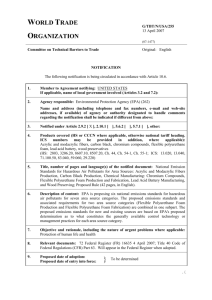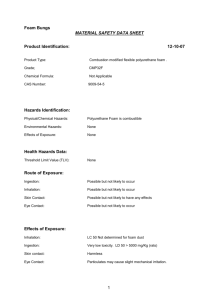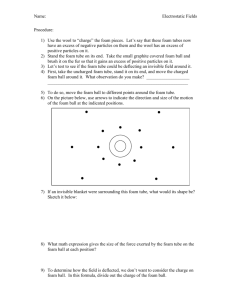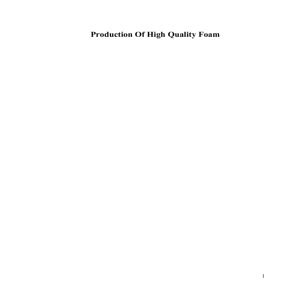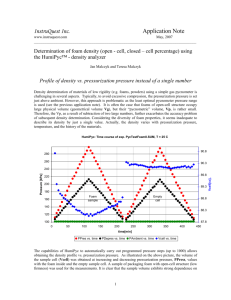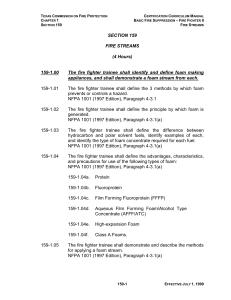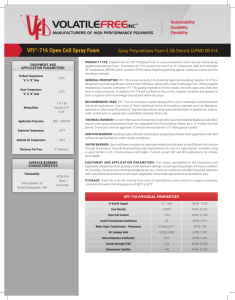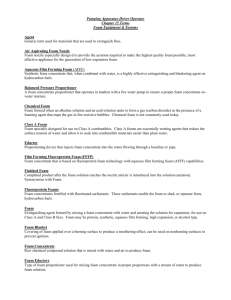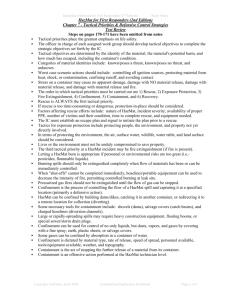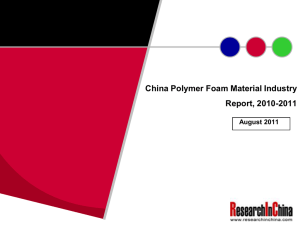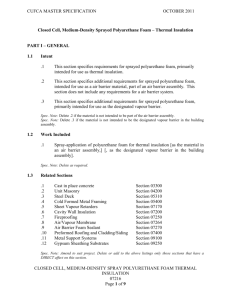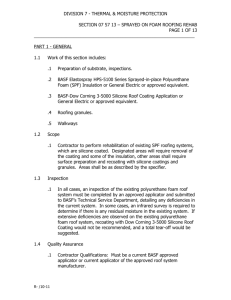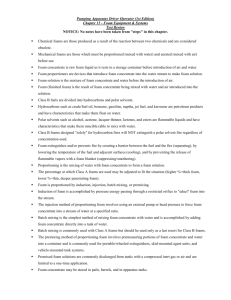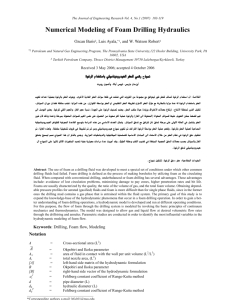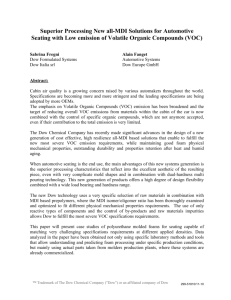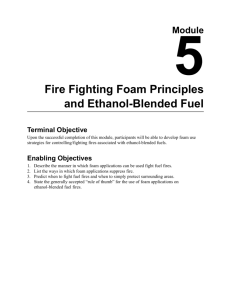doc
advertisement
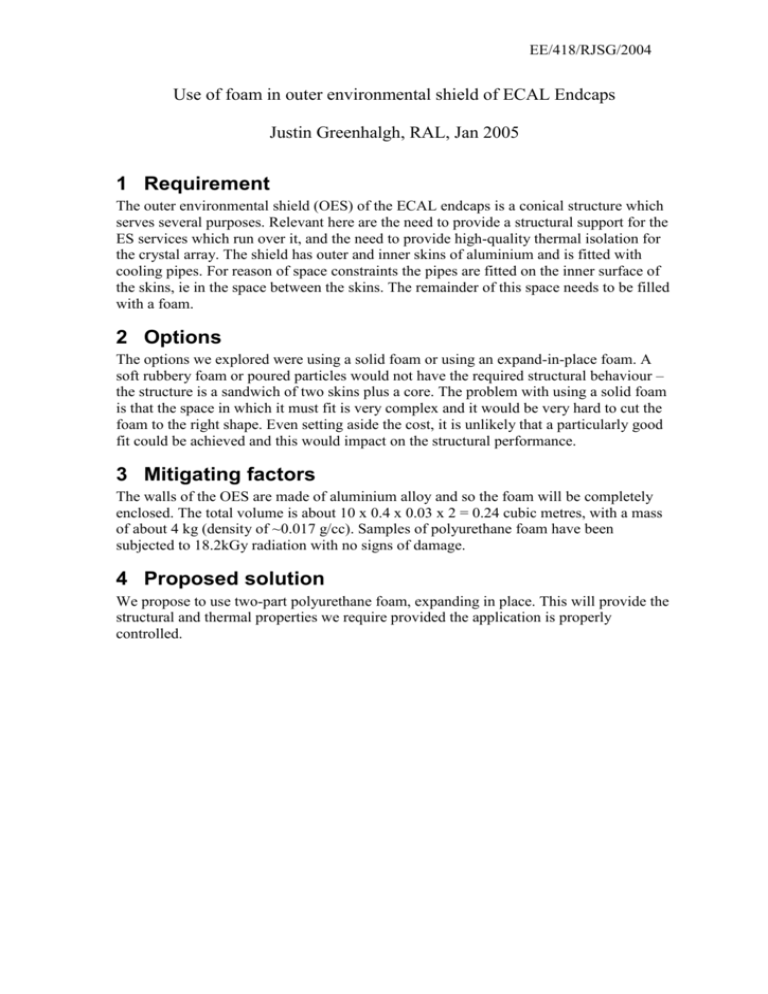
EE/418/RJSG/2004 Use of foam in outer environmental shield of ECAL Endcaps Justin Greenhalgh, RAL, Jan 2005 1 Requirement The outer environmental shield (OES) of the ECAL endcaps is a conical structure which serves several purposes. Relevant here are the need to provide a structural support for the ES services which run over it, and the need to provide high-quality thermal isolation for the crystal array. The shield has outer and inner skins of aluminium and is fitted with cooling pipes. For reason of space constraints the pipes are fitted on the inner surface of the skins, ie in the space between the skins. The remainder of this space needs to be filled with a foam. 2 Options The options we explored were using a solid foam or using an expand-in-place foam. A soft rubbery foam or poured particles would not have the required structural behaviour – the structure is a sandwich of two skins plus a core. The problem with using a solid foam is that the space in which it must fit is very complex and it would be very hard to cut the foam to the right shape. Even setting aside the cost, it is unlikely that a particularly good fit could be achieved and this would impact on the structural performance. 3 Mitigating factors The walls of the OES are made of aluminium alloy and so the foam will be completely enclosed. The total volume is about 10 x 0.4 x 0.03 x 2 = 0.24 cubic metres, with a mass of about 4 kg (density of ~0.017 g/cc). Samples of polyurethane foam have been subjected to 18.2kGy radiation with no signs of damage. 4 Proposed solution We propose to use two-part polyurethane foam, expanding in place. This will provide the structural and thermal properties we require provided the application is properly controlled.




